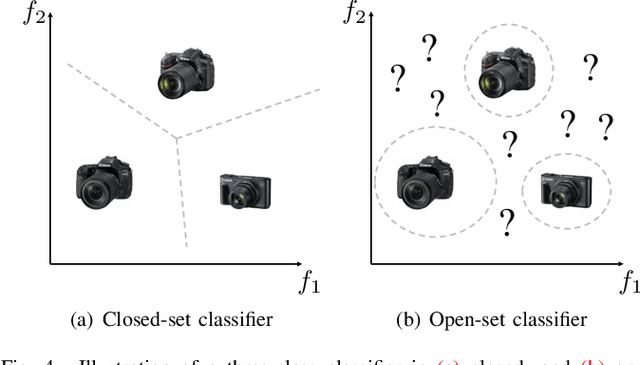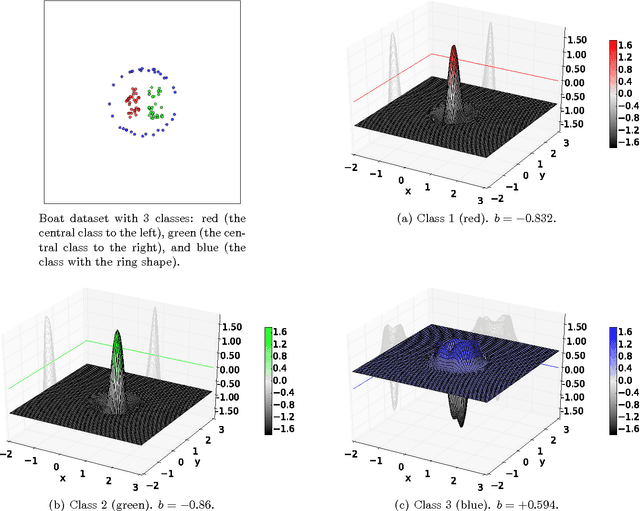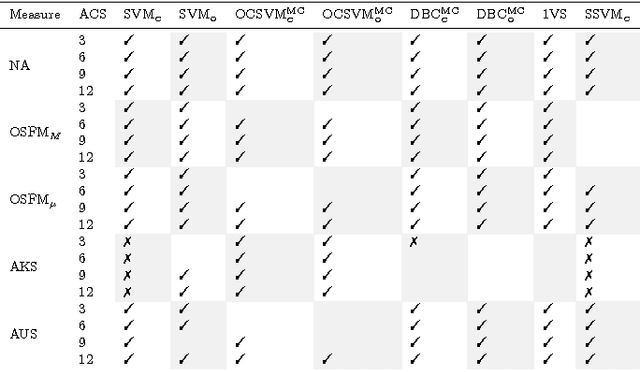Pedro Ribeiro Mendes Júnior
An In-Depth Study on Open-Set Camera Model Identification
Apr 11, 2019



Abstract:Camera model identification refers to the problem of linking a picture to the camera model used to shoot it. As this might be an enabling factor in different forensic applications to single out possible suspects (e.g., detecting the author of child abuse or terrorist propaganda material), many accurate camera model attribution methods have been developed in the literature. One of their main drawbacks, however, is the typical closed-set assumption of the problem. This means that an investigated photograph is always assigned to one camera model within a set of known ones present during investigation, i.e., training time, and the fact that the picture can come from a completely unrelated camera model during actual testing is usually ignored. Under realistic conditions, it is not possible to assume that every picture under analysis belongs to one of the available camera models. To deal with this issue, in this paper, we present the first in-depth study on the possibility of solving the camera model identification problem in open-set scenarios. Given a photograph, we aim at detecting whether it comes from one of the known camera models of interest or from an unknown device. We compare different feature extraction algorithms and classifiers specially targeting open-set recognition. We also evaluate possible open-set training protocols that can be applied along with any open-set classifier. More specifically, we evaluate one training protocol targeted for open-set classifiers with deep features. We observe that a simpler version of those training protocols works with similar results to the one that requires extra data, which can be useful in many applications in which deep features are employed. Thorough testing on independent datasets shows that it is possible to leverage a recently proposed convolutional neural network as feature extractor paired with a properly trained open-set classifier...
Specialized Support Vector Machines for Open-set Recognition
Nov 05, 2018



Abstract:Often, when dealing with real-world recognition problems, we do not need, and often cannot have, knowledge of the entire set of possible classes that might appear during operational testing. Sometimes, some of these classes may be ill-sampled, not sampled at all or undefined. In such cases, we need to think of robust classification methods able to deal with the "unknown" and properly reject samples belonging to classes never seen during training. Notwithstanding, almost all existing classifiers to date were mostly developed for the closed-set scenario, i.e., the classification setup in which it is assumed that all test samples belong to one of the classes with which the classifier was trained. In the open-set scenario, however, a test sample can belong to none of the known classes and the classifier must properly reject it by classifying it as unknown. In this work, we extend upon the well-known Support Vector Machines (SVM) classifier and introduce the Specialized Support Vector Machines (SSVM), which is suitable for recognition in open-set setups. SSVM balances the empirical risk and the risk of the unknown and ensures that the region of the feature space in which a test sample would be classified as known (one of the known classes) is always bounded, ensuring a finite risk of the unknown. The same cannot be guaranteed by the traditional SVM formulation, even when using the Radial Basis Function (RBF) kernel. In this work, we also highlight the properties of the SVM classifier related to the open-set scenario, and provide necessary and sufficient conditions for an RBF SVM to have bounded open-space risk. We also indicate promising directions of investigation of SVM-based methods for open-set scenarios. An extensive set of experiments compares the proposed method with existing solutions in the literature for open-set recognition and the reported results show its effectiveness.
 Add to Chrome
Add to Chrome Add to Firefox
Add to Firefox Add to Edge
Add to Edge